Ever had one of those days when you're craving something that just warms you up from the inside out? That's exactly what Goto is all about.
This Filipino tripe congee is like a big, comforting hug in a bowl. Sure, tripe might sound a bit adventurous if you've never tried it. But trust me - when it's cooked low and slow with ginger and garlic in this creamy rice porridge, it turns into something delicious.
Perfect for chilly mornings, late-night cravings, or honestly, anytime you need some serious comfort food. Let's make some Goto!
What is Goto?
Goto is a cherished Filipino rice porridge that transforms humble ingredients - beef tripe, glutinous rice, and aromatics - into a deeply satisfying dish. This labor of love begins with meticulously cleaned tripe slowly simmered with ginger, garlic, and beef bones until tender, creating a rich broth that's used to cook sticky rice until it reaches a velvety consistency.
Jump to:
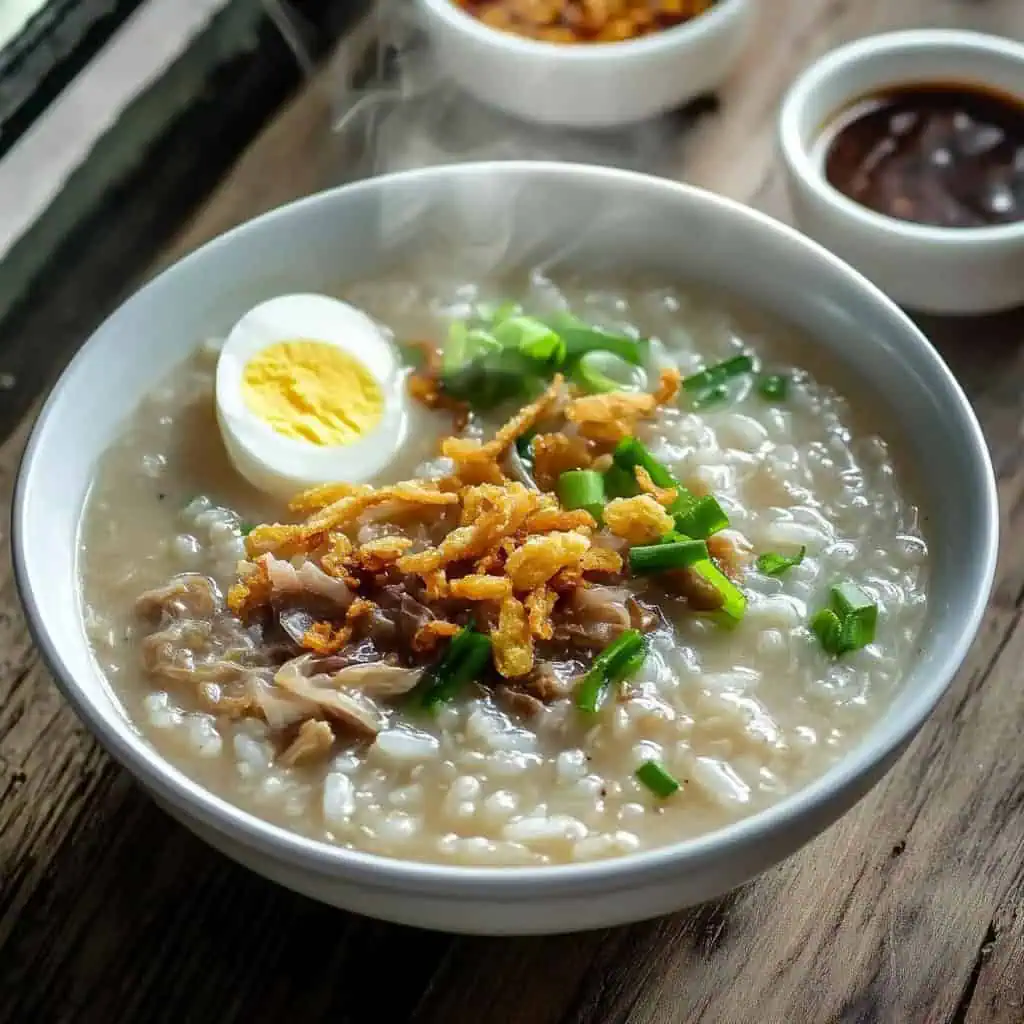
Why You'll Love This Recipe
- Rich, flavorful broth infused with ginger and aromatics
- Tender, well-cleaned tripe with perfect texture
- Thick, creamy consistency from glutinous rice
- Customizable toppings for personal preference
- Budget-friendly yet nutritious meal
- Perfect for cold weather or when feeling under the weather
- Authentic Filipino comfort food passed down through generations
Ingredients
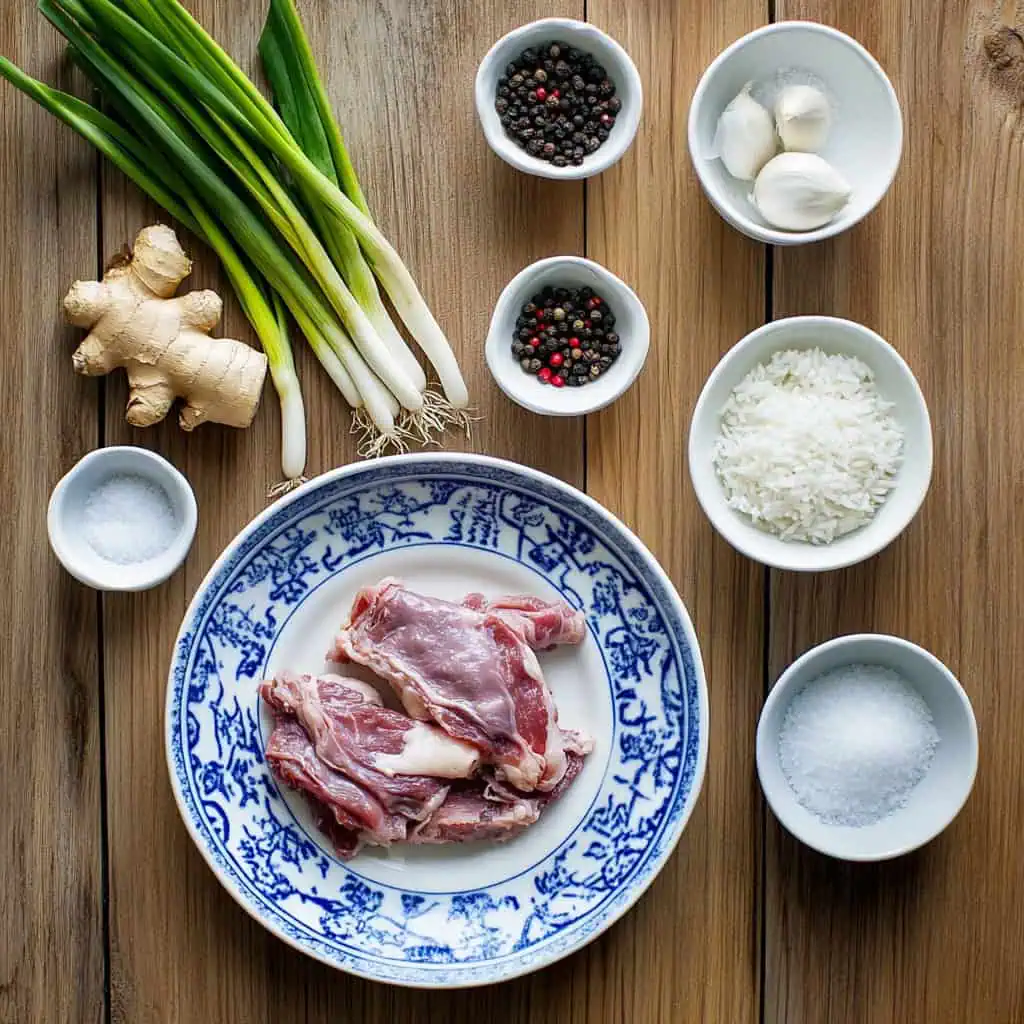
For the Tripe:
- 1 pound beef tripe
- Rock salt for cleaning
- 3 pieces beef bones
- 8 cups water
- 1 onion, quartered
- 4 cloves garlic, smashed
- 1 thumb-size ginger, pounded
- ½ teaspoon whole peppercorns
For the Porridge:
- 1 tablespoon canola oil
- 1 onion, finely chopped
- 5 cloves garlic, minced
- 2 thumb-size ginger, julienned
- 1 tablespoon fish sauce
- 1 cup glutinous rice
- 7 cups tripe broth
- Salt and pepper to taste
Traditional Toppings (Sahog):
- Crispy fried garlic
- Green onions, chopped
- Calamansi or lemon
- Hard-boiled eggs, halved
- Additional fish sauce
- Chili oil (optional)
Equipment
- Large stockpot (kaldero) - For cooking tripe and porridge; a heavy-bottomed pot helps prevent scorching and allows for even heat distribution during the long simmering process
- Fine-mesh strainer (salaan) - For straining broth to ensure a clean, clear liquid for the congee
- Sharp knife (kutsilyo) - For precisely slicing tripe into bite-sized pieces
- Wooden spoon (sandok na kahoy) - For stirring the porridge without scratching the pot and for gentle mixing that won't break down the rice too much
- Cutting board (tabla) - For safely preparing ingredients
- Measuring cups and spoons - For accurate measurements to ensure balanced flavors
- Garlic press (optional) - For efficiently mincing garlic, releasing more flavor
- Large mixing bowl - For cleaning and soaking the tripe
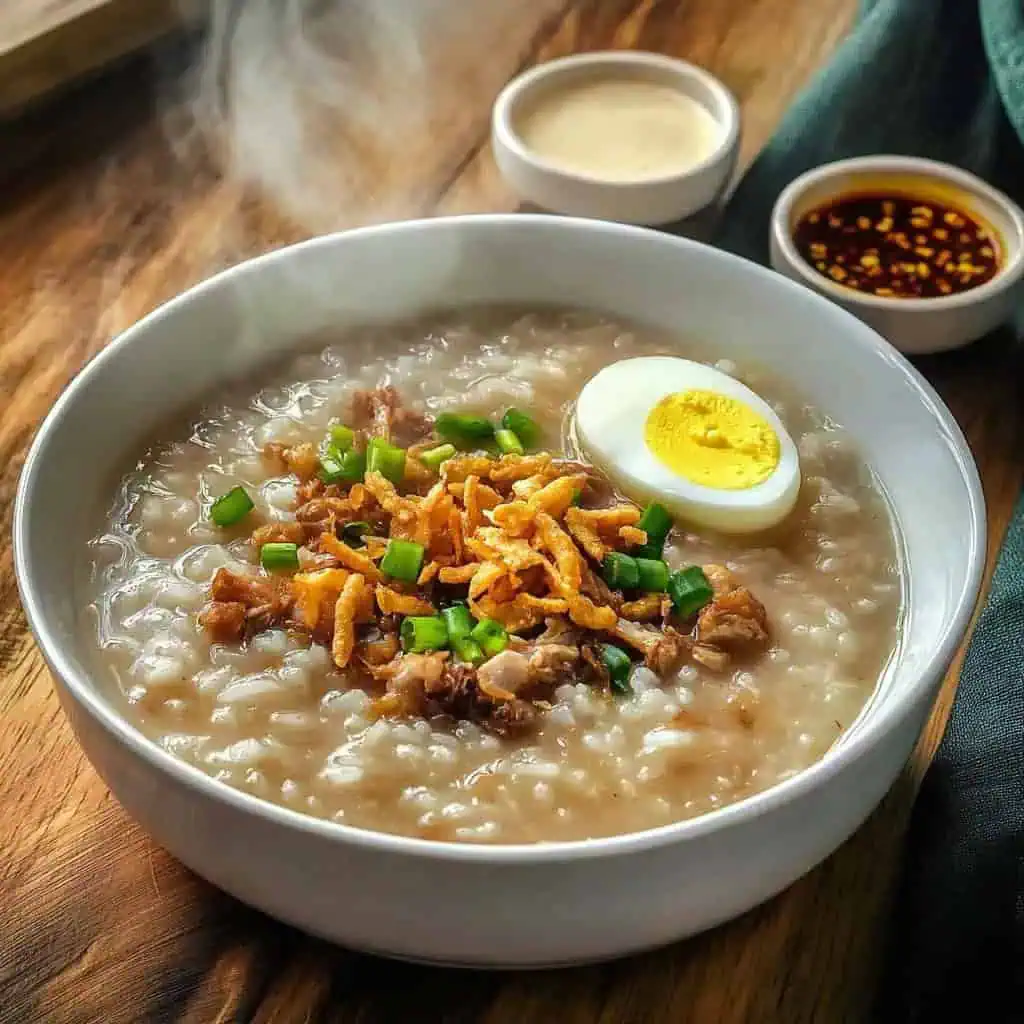
How To Make
- Start by soaking the beef tripe overnight in cold water in your refrigerator. The next morning, drain the water and rub rock salt all over the tripe - really get in there and scrub it well. Rinse with cold water and repeat this cleaning process 2-3 times until the tripe is spotless.
- Fill a pot with water, add salt, and bring it to a boil. Add your cleaned tripe and let it cook for 15 minutes. Drain the water and rinse out your pot.
- Put the tripe back in the clean pot with beef bones and 8 cups of fresh water. Bring to a boil and skim off any foam that rises to the top. Add your quartered onion, smashed garlic, pounded ginger, and peppercorns. Turn the heat to low, cover the pot, and let everything simmer for 3-4 hours until the tripe is tender. Add water as needed to keep about 7 cups of broth.
- Remove the tripe and strain your broth. Let the tripe cool a bit, then slice it into strips about the size of your pinky finger.
- In your pot, heat some oil over medium heat. Cook your chopped onions, minced garlic, and sliced ginger until soft and fragrant. Add the sliced tripe and cook for 5 minutes. Pour in the fish sauce and stir for another minute.
- Add your glutinous rice and stir it around for a few minutes. Pour in your saved broth and bring everything to a boil. Skim off any foam, turn the heat to low, cover the pot, and let it simmer for about 30 minutes. Stir occasionally until the rice is creamy and has burst open.
- Add salt and pepper to taste. Serve hot in bowls, topped with crispy fried garlic and chopped green onions. Squeeze some calamansi juice over the top and add more fish sauce if you like.
That's it! Remember to stir your goto as you eat to get all the good stuff in every spoonful. If it gets too thick, just add a splash of hot water or broth to thin it out.

Tips from Lola's Kitchen
- Use beef knuckles or beef shank along with regular bones for an even richer, more gelatinous broth that adds body to your goto
- Don't skimp on the ginger - it's essential for eliminating any gamey smell (malansa) from the tripe and adds a wonderful warming quality
- Stir the porridge frequently during cooking to prevent it from sticking to the bottom of the pot and to help release the starches from the rice
- For authentic consistency, cook the rice until the grains are "busting open" - this creates the perfect creamy texture that defines good goto
- Save every drop of the tripe cooking liquid to use as your broth - it contains all the rich flavors developed during the long simmer
- Clean your tripe thoroughly - the care you take in this first step determines the quality of your final dish
- Allow time for the flavors to meld - goto actually tastes even better the next day when the flavors have had time to develop
- Balance is key - adjust the salt, fish sauce, and acidity from calamansi to create harmony in your goto
Substitutions
- Instead of beef tripe: You can use beef meat chunks, chicken pieces, or ox tail. Each will give a different but equally delicious character to the dish
- No glutinous rice? Regular white rice works too, though the result will be less creamy. Consider adding a small amount of cornstarch slurry at the end to thicken
- Calamansi alternatives: Fresh lemon or lime juice provides a similar bright acidity
- Fish sauce substitutes: Simple sea salt or light soy sauce can work in a pinch, though the depth of flavor will be slightly different
- Fresh ginger substitute: Ground ginger powder can be used (1 teaspoon = 1 thumb-sized piece), but add it later in the cooking process
- Vegetarian option: Replace tripe and beef bones with mushrooms and vegetable stock, adding extra umami with a touch of miso paste
Troubleshooting
- Porridge too thick? Add hot broth or water, a little at a time, until you reach your desired consistency
- Too thin? Continue simmering uncovered to reduce, or add a small amount of pre-cooked glutinous rice to absorb excess liquid
- Tripe still tough after cooking? Continue simmering until tender - some tripe may take longer depending on the cut and quality
- Bland taste? Add more fish sauce, a beef bouillon cube, or a splash of soy sauce to enhance the savory flavors
- Burning on the bottom? Reduce heat immediately, don't scrape the burnt part, and transfer the good portion to a new pot if necessary
- Tripe has an off smell? It likely needs more thorough cleaning - repeat the salt scrub and parboiling process
- Rice not breaking down? Ensure you're using glutinous/sticky rice and consider mashing some of the rice against the side of the pot to release more starch
Storage & Reheating
- Refrigeration: Store in an airtight container for up to 3 days
- Freezing: Goto freezes well for up to 3 months - freeze in portion-sized containers
- Reheating: Warm over medium heat on the stovetop, adding additional liquid as needed since the rice will continue to absorb moisture
- Storage tip: Keep toppings separate and add fresh when serving for the best texture and flavor
- Food safety: Always reheat to at least 165°F (74°C) for safety
- Portion before storing: Divide into meal-sized portions before refrigerating or freezing for easier reheating
- Texture after storage: Goto will thicken considerably when cold - this is normal and can be adjusted during reheating

FAQ
How do I know when the tripe is clean enough?
The tripe should be odorless and pale in color. After cleaning with salt and parboiling, it should have no strong smell.
Can I make this in a slow cooker?
Yes! Cook the cleaned tripe with aromatics on low for 8-10 hours until tender, then proceed with the porridge preparation.
Why isn't my goto getting creamy?
Ensure you're using glutinous (sticky) rice and stir frequently during cooking to release the starches. Allowing the rice grains to burst open is essential for creaminess.
How can I make my goto more flavorful?
Add beef bouillon, more fish sauce, or extend the simmering time for the broth. Don't forget the power of toppings like fried garlic and calamansi juice to enhance flavor.
Can I prepare this in advance for a gathering?
Yes, but remember that rice will continue to absorb liquid when stored. Make it slightly thinner than desired, and adjust consistency when reheating.
Is there a faster way to make goto?
A pressure cooker can reduce the tripe cooking time to about 45 minutes. An Instant Pot works well too - 30 minutes on high pressure for the tripe, then add rice and cook for 10 more minutes.
Can I freeze the cleaned, uncooked tripe for future use?
Absolutely. Clean and parboil the tripe, then portion and freeze for up to 3 months to make future goto preparation quicker.
What's the best way to serve goto for a gathering?
Prepare the base porridge and keep it warm in a slow cooker. Arrange toppings in separate bowls so guests can customize their own bowls.
Related
Looking for other recipes like this? Try these:
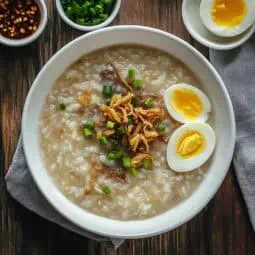
Authentic Filipino Goto (Beef Tripe Congee)
Equipment
- Large stockpot (kaldero) For cooking tripe and porridge
- Fine-mesh strainer (salaan) For straining broth
- Sharp knife (kutsilyo) For slicing tripe
- Wooden spoon (sandok na kahoy) For stirring without scratching pot
- Cutting board (Tabla) For preparing ingredients
- Measuring cups and spoons For accurate measurements
- Garlic press (optional) For mincing garlic
Ingredients
For the Tripe
- 1 pound beef tripe goto
- Rock salt asin for cleaning
- 3 pieces beef bones buto ng baka
- 8 cups water tubig
- 1 onion quartered (sibuyas)
- 4 cloves garlic smashed (bawang)
- 1 thumb-size ginger pounded (luya)
- ½ teaspoon whole peppercorns paminta
For the Porridge
- 1 tablespoon canola oil
- 1 onion finely chopped
- 5 cloves garlic minced
- 2 thumb-size ginger julienned
- 1 tablespoon fish sauce patis
- 1 cup glutinous rice malagkit
- 7 cups tripe broth sabaw
- Salt and pepper to taste
Traditional Toppings (Sahog)
- Crispy fried garlic sinangag na bawang
- Green onions chopped (sibuyas na mura)
- Calamansi or lemon kalamansi
- Hard-boiled eggs halved (itlog)
- Additional fish sauce patis
- Chili oil optional
Instructions
- Start by soaking the beef tripe overnight in cold water in your refrigerator. The next morning, drain the water and rub rock salt all over the tripe - really get in there and scrub it well. Rinse with cold water and repeat this cleaning process 2-3 times until the tripe is spotless.
- Fill a pot with water, add salt, and bring it to a boil. Add your cleaned tripe and let it cook for 15 minutes. Drain the water and rinse out your pot.
- Put the tripe back in the clean pot with beef bones and 8 cups of fresh water. Bring to a boil and skim off any foam that rises to the top. Add your quartered onion, smashed garlic, pounded ginger, and peppercorns. Turn the heat to low, cover the pot, and let everything simmer for 3-4 hours until the tripe is tender. Add water as needed to keep about 7 cups of broth.
- Remove the tripe and strain your broth. Let the tripe cool a bit, then slice it into strips about the size of your pinky finger.
- In your pot, heat some oil over medium heat. Cook your chopped onions, minced garlic, and sliced ginger until soft and fragrant. Add the sliced tripe and cook for 5 minutes. Pour in the fish sauce and stir for another minute.
- Add your glutinous rice and stir it around for a few minutes. Pour in your saved broth and bring everything to a boil. Skim off any foam, turn the heat to low, cover the pot, and let it simmer for about 30 minutes. Stir occasionally until the rice is creamy and has burst open.
- Add salt and pepper to taste. Serve hot in bowls, topped with crispy fried garlic and chopped green onions. Squeeze some calamansi juice over the top and add more fish sauce if you like.
- That's it! Remember to stir your goto as you eat to get all the good stuff in every spoonful. If it gets too thick, just add a splash of hot water or broth to thin it out.
Tips from Lola's Kitchen
- Use beef knuckles for richer broth
- Add ginger generously to eliminate gamey smell (malansa)
- Stir porridge frequently to prevent sticking
- Cook rice until "busting open" for authentic consistency
- Save tripe cooking liquid for more flavorful broth
Nutrition
The Story Behind Filipino Goto
In the vibrant tapestry of Filipino cuisine, goto stands as a testament to our ancestors' resourcefulness and culinary wisdom. This humble rice porridge, elevated by tender beef tripe and aromatic ginger, has been warming Filipino homes for generations, particularly in the busy streets of Manila and the provinces where early morning vendors serve steaming bowls to workers and market-goers.
The origins of goto can be traced to the Chinese congee, which made its way to Philippine shores through early traders and settlers. However, Filipinos transformed this basic rice porridge into something uniquely their own by incorporating beef tripe, known locally as "goto" - hence the dish's name. This adaptation reflects the Filipino tradition of utilizing every part of the animal, a practice born from both economic necessity and culinary creativity.
What makes Filipino goto particularly special is its evolution into a beloved street food and comfort dish. Unlike its Chinese counterpart, our goto embraces bold flavors through generous amounts of ginger, garlic, and the signature brightness of calamansi. The addition of crispy fried garlic, a distinctly Southeast Asian touch, adds another layer of complexity that sets it apart from other Asian congees.
In many Filipino households, goto is more than just a meal - it's a remedy. Feeling under the weather? A hot bowl of goto is prescribed. Need something to warm you during the rainy season? Goto is the answer. This healing reputation isn't just folklore; the combination of easily digestible rice, protein-rich tripe, and immune-boosting ginger makes goto a nutritious choice for recovery and sustenance.
Today, goto remains a staple in Filipino cuisine, served everywhere from humble carinderias to modern Filipino restaurants. While some may shy away from tripe, those who grow up with goto understand its appeal - the chewy texture of well-cooked tripe against the creamy rice porridge creates a comforting contrast that keeps people coming back for more. Whether enjoyed for breakfast, as a midday merienda, or as a late-night comfort food, goto continues to tell the story of Filipino culinary ingenuity and our talent for transforming simple ingredients into something extraordinary.
The beauty of goto lies not just in its flavors but in its ability to bring people together. In many Filipino neighborhoods, goto stalls become community gathering spots where stories are shared over steaming bowls, making this dish not just a carrier of flavors but of cultural heritage and community bonds as well.






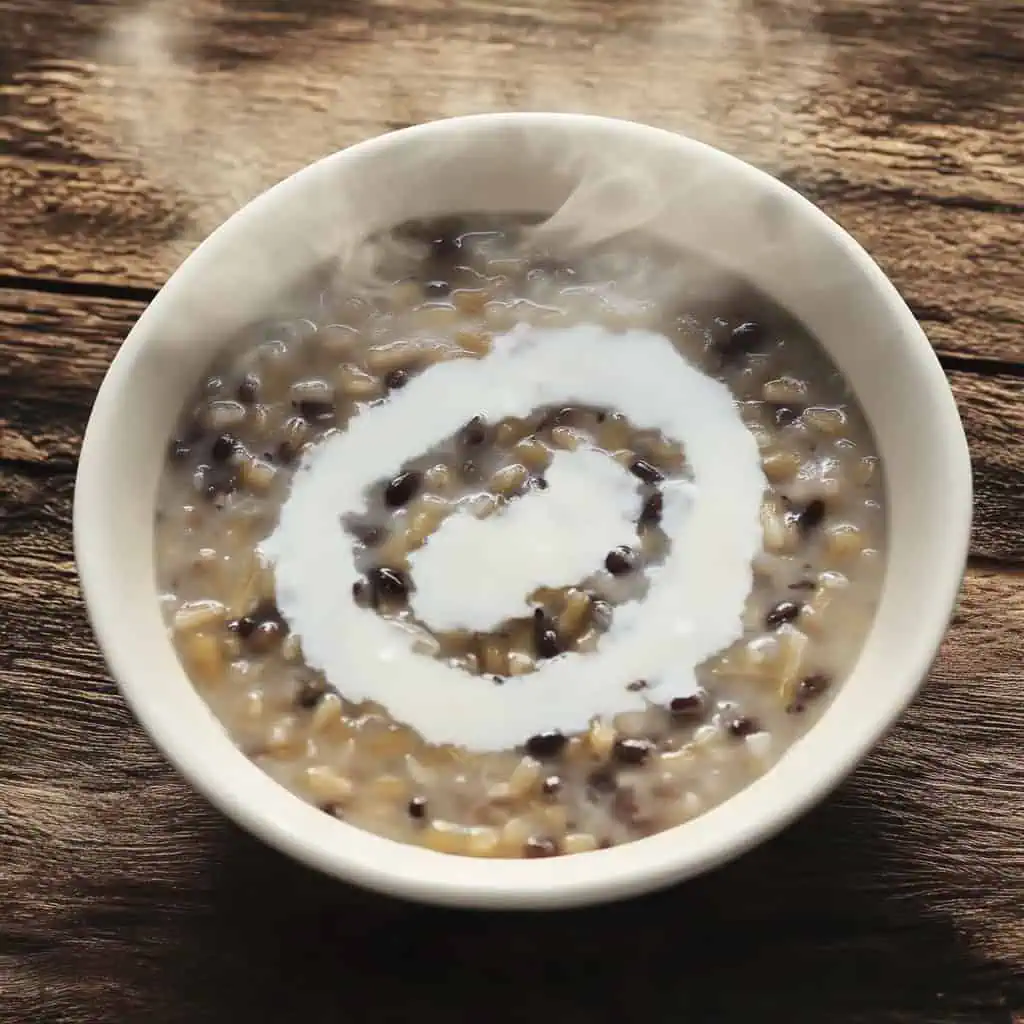
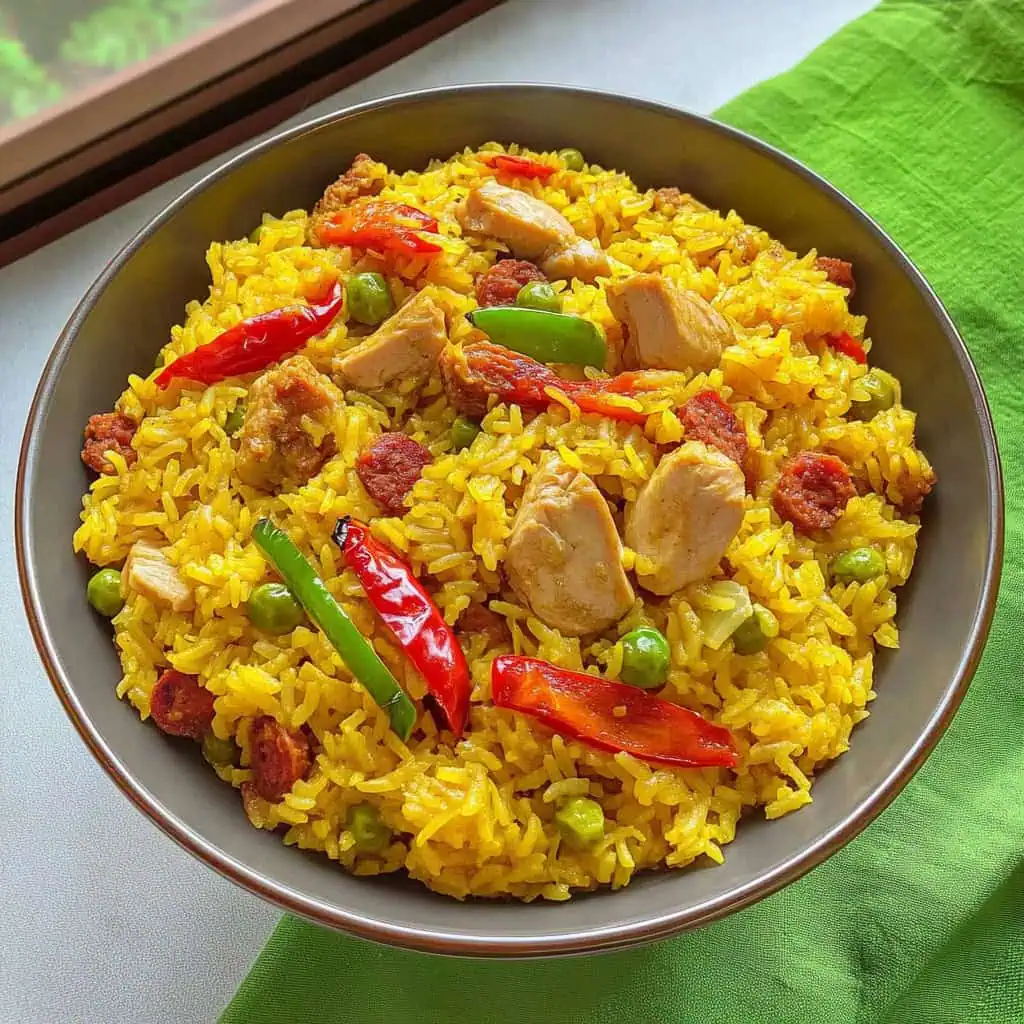
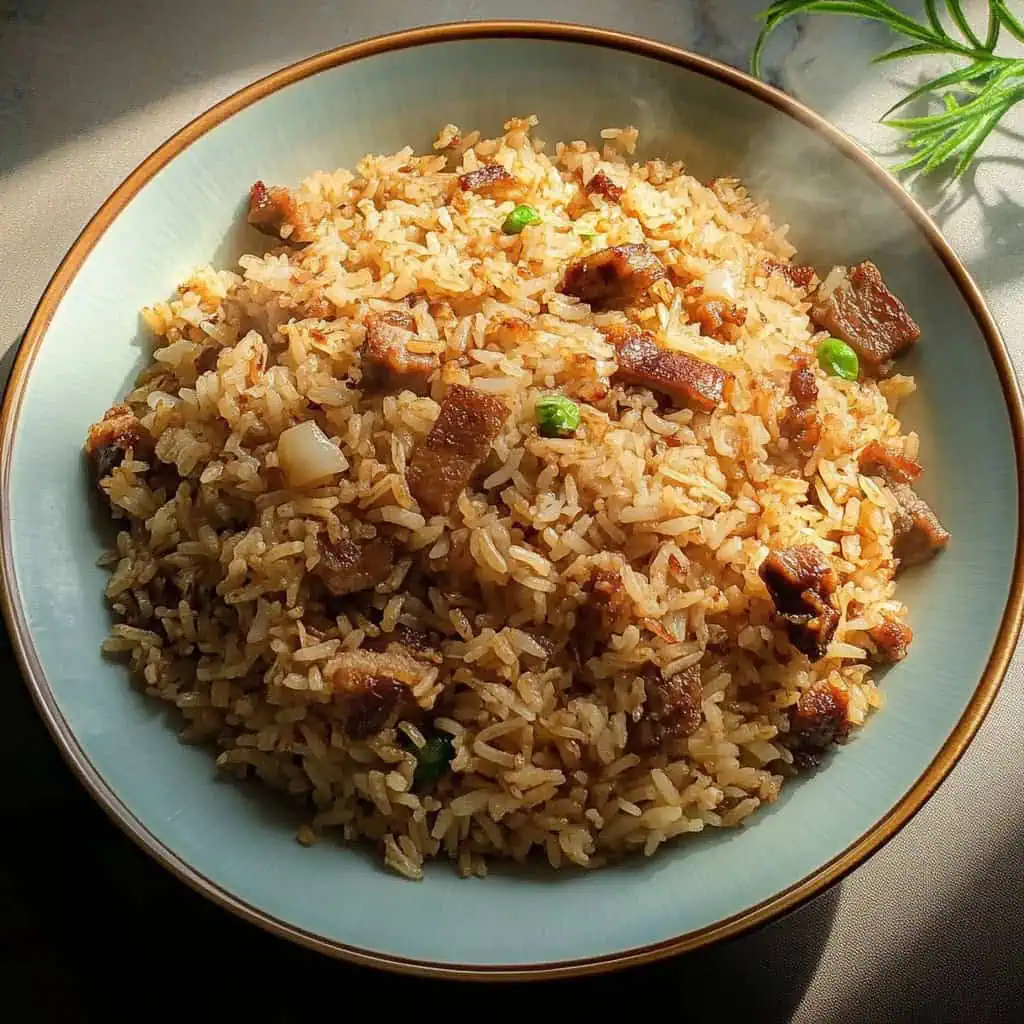
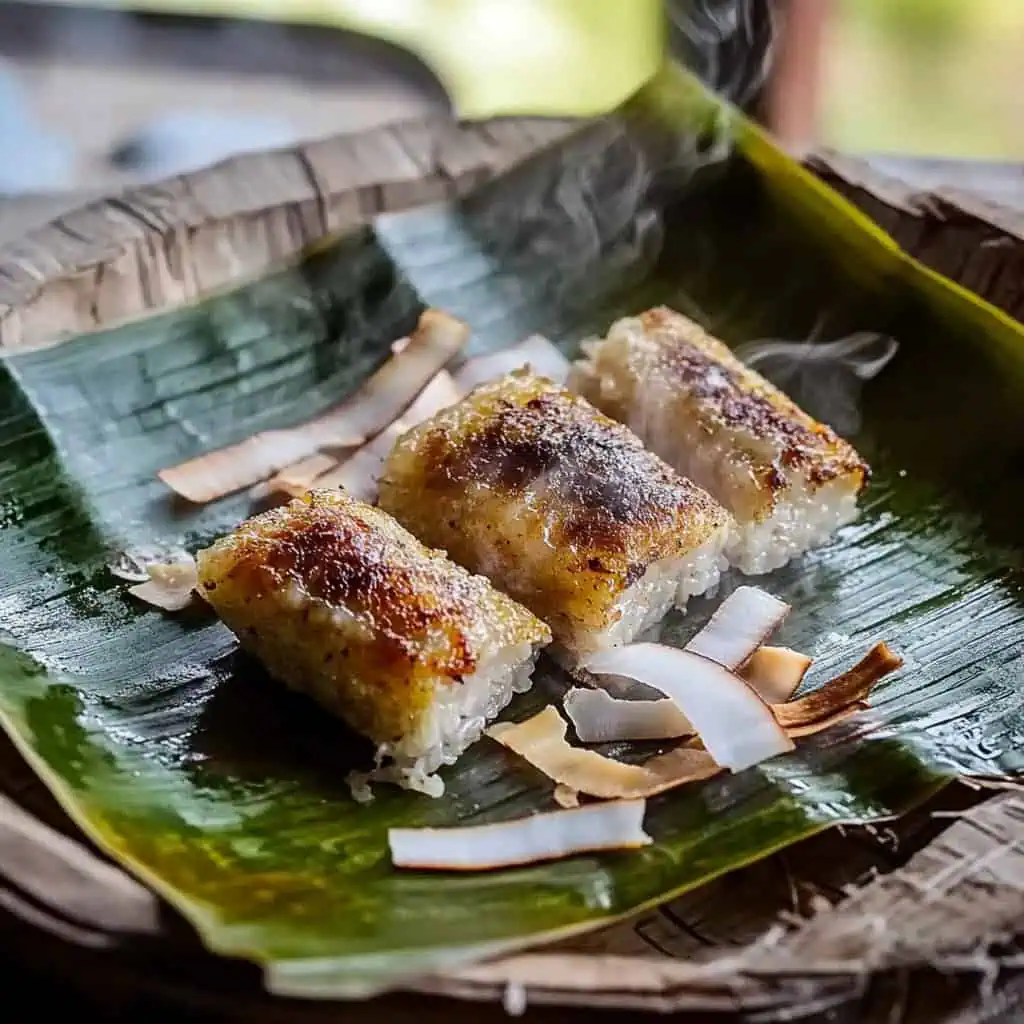
Comments
No Comments